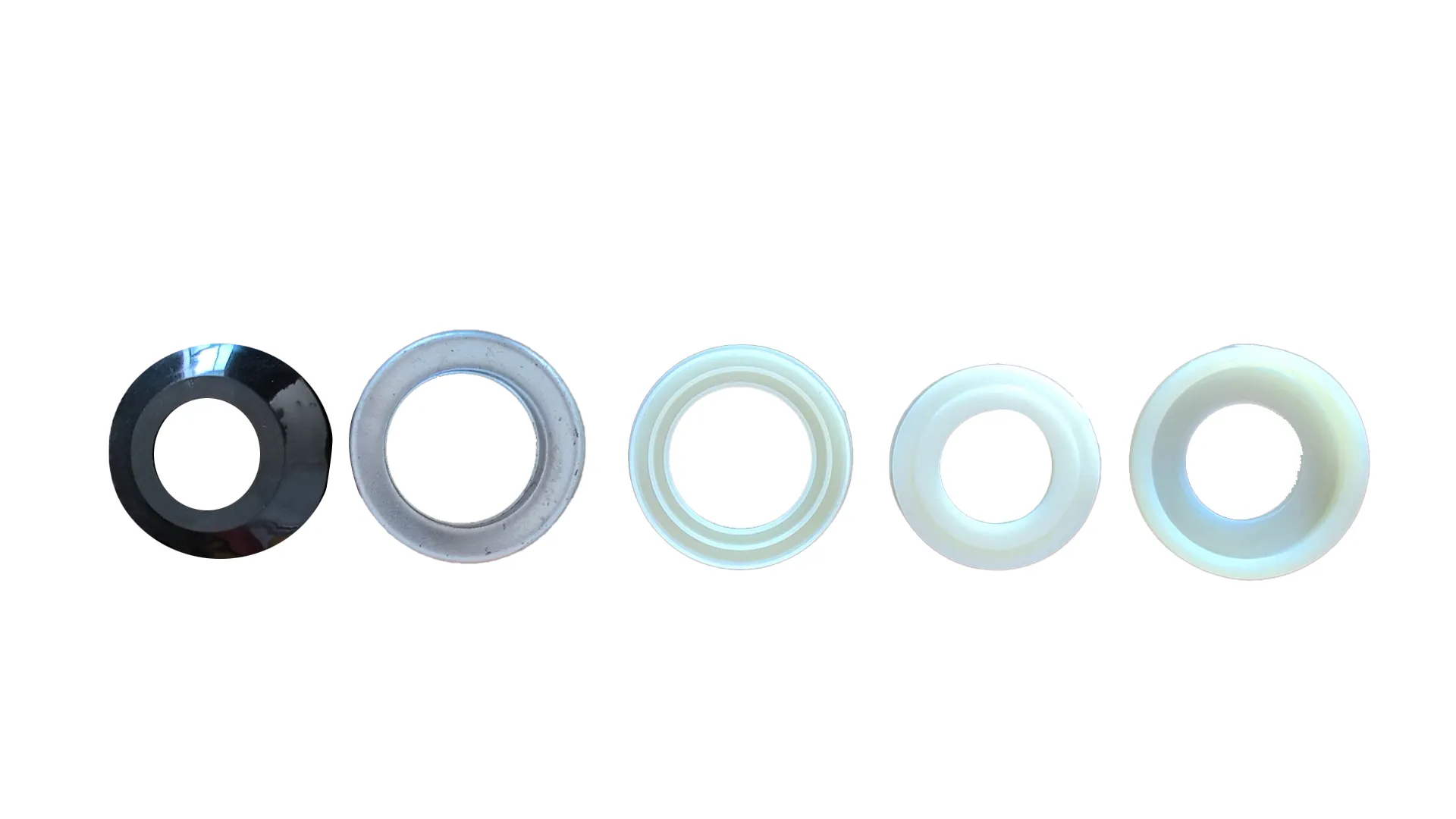 Afrikaans
Afrikaans  Albanian
Albanian  Amharic
Amharic  Arabic
Arabic  Armenian
Armenian  Azerbaijani
Azerbaijani  Basque
Basque  Belarusian
Belarusian  Bengali
Bengali  Bosnian
Bosnian  Bulgarian
Bulgarian  Catalan
Catalan  Cebuano
Cebuano  Corsican
Corsican  Croatian
Croatian  Czech
Czech  Danish
Danish  Dutch
Dutch  English
English  Esperanto
Esperanto  Estonian
Estonian  Finnish
Finnish  French
French  Frisian
Frisian  Galician
Galician  Georgian
Georgian  German
German  Greek
Greek  Gujarati
Gujarati  Haitian Creole
Haitian Creole  hausa
hausa  hawaiian
hawaiian  Hebrew
Hebrew  Hindi
Hindi  Miao
Miao  Hungarian
Hungarian  Icelandic
Icelandic  igbo
igbo  Indonesian
Indonesian  irish
irish  Italian
Italian  Japanese
Japanese  Javanese
Javanese  Kannada
Kannada  kazakh
kazakh  Khmer
Khmer  Rwandese
Rwandese  Korean
Korean  Kurdish
Kurdish  Kyrgyz
Kyrgyz  Lao
Lao  Latin
Latin  Latvian
Latvian  Lithuanian
Lithuanian  Luxembourgish
Luxembourgish  Macedonian
Macedonian  Malgashi
Malgashi  Malay
Malay  Malayalam
Malayalam  Maltese
Maltese  Maori
Maori  Marathi
Marathi  Mongolian
Mongolian  Myanmar
Myanmar  Nepali
Nepali  Norwegian
Norwegian  Norwegian
Norwegian  Occitan
Occitan  Pashto
Pashto  Persian
Persian  Polish
Polish  Portuguese
Portuguese  Punjabi
Punjabi  Romanian
Romanian  Russian
Russian  Samoan
Samoan  Scottish Gaelic
Scottish Gaelic  Serbian
Serbian  Sesotho
Sesotho  Shona
Shona  Sindhi
Sindhi  Sinhala
Sinhala  Slovak
Slovak  Slovenian
Slovenian  Somali
Somali  Spanish
Spanish  Sundanese
Sundanese  Swahili
Swahili  Swedish
Swedish  Tagalog
Tagalog  Tajik
Tajik  Tamil
Tamil  Tatar
Tatar  Telugu
Telugu  Thai
Thai  Turkish
Turkish  Turkmen
Turkmen  Ukrainian
Ukrainian  Urdu
Urdu  Uighur
Uighur  Uzbek
Uzbek  Vietnamese
Vietnamese  Welsh
Welsh  Bantu
Bantu  Yiddish
Yiddish  Yoruba
Yoruba  Zulu
Zulu Cost analysis of conveyor belt rollers for efficient material handling solutions
Understanding Conveyor Belt Roller Prices
In today's fast-paced industrial landscape, efficiency and productivity are paramount. Conveyor systems play a vital role in facilitating the movement of materials and products across various sectors, including manufacturing, logistics, and distribution. One of the essential components of these systems is the conveyor belt roller. The price of conveyor belt rollers can vary significantly depending on various factors, making it important for businesses to understand what influences these costs.
Factors Influencing Conveyor Belt Roller Prices
1. Material Composition Conveyor belt rollers are constructed from a variety of materials, including steel, plastic, and aluminum. Steel rollers are generally more durable and capable of supporting heavier loads, yet they can be more expensive. On the other hand, plastic rollers may be lighter and resistant to corrosion, potentially reducing costs but also applicable to lighter-duty operations.
2. Size and Dimensions The size of the roller greatly affects its price. Larger rollers that can handle more significant loads will tend to cost more than smaller ones. Furthermore, the diameter and length required for your conveyor system will directly influence the overall pricing, as custom sizes typically increase production costs.
3. Type of Roller There are several types of conveyor rollers, including gravity rollers, driven rollers, and guide rollers, each serving different functions. Gravity rollers, which rely on gravity for movement, are generally less expensive than powered rollers that require more complex mechanics and electrical components.
4. Load Capacity The weight capacity of the roller also plays a crucial role in determining its price. Rollers designed for heavy-duty applications will be built using stronger materials and will feature more robust engineering, resulting in higher costs. Conversely, lighter-duty rollers intended for smaller operations will generally be less expensive.
conveyor belt roller price

5. Manufacturing Processes The method used to manufacture conveyor belt rollers can impact pricing significantly. Rollers made using advanced technologies or those that require specialized manufacturing may command higher prices. Understanding the manufacturing process can be beneficial when determining the best roller for your application at the price point you need.
6. Brand and Supplier Brand reputation and supplier reliability can also affect prices. Established brands might charge a premium due to their reliability and customer service, while lesser-known suppliers may offer lower prices but possibly compromise on quality or after-sales support.
Finding the Best Prices
To secure the best prices for conveyor belt rollers, it’s essential for businesses to conduct thorough market research. This can include comparing various suppliers, looking for bulk purchase discounts, and considering the total cost of ownership, which includes installation and maintenance costs. Additionally, investing in higher-quality rollers may lead to long-term savings due to reduced maintenance needs and extended lifespan.
Conclusion
In conclusion, the price of conveyor belt rollers can vary widely based on numerous factors, including material composition, size, type, load capacity, manufacturing processes, and brand reputation. Understanding these factors is crucial for businesses to make informed purchasing decisions that align with their operational needs and budget constraints. Ultimately, investing time and effort into researching and selecting the right conveyor belt rollers will not only enhance the efficiency of material handling processes but also contribute to the overall success of operations in any industrial setting.
-
Revolutionizing Conveyor Reliability with Advanced Rubber Lagging PulleysNewsJul.22,2025
-
Powering Precision and Durability with Expert Manufacturers of Conveyor ComponentsNewsJul.22,2025
-
Optimizing Conveyor Systems with Advanced Conveyor AccessoriesNewsJul.22,2025
-
Maximize Conveyor Efficiency with Quality Conveyor Idler PulleysNewsJul.22,2025
-
Future-Proof Your Conveyor System with High-Performance Polyurethane RollerNewsJul.22,2025
-
Driving Efficiency Forward with Quality Idlers and RollersNewsJul.22,2025





























